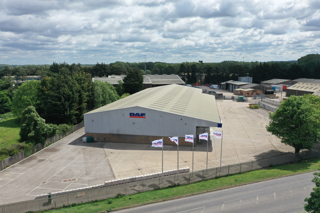Jaama has created a new tyre data import module to validate incoming tyre costs against pre-agreed costs.
The new module is one of a number of changes Jaama has made to its Key2 Asset Management System, including a new compliance manager module and the ability to import details of vehicles which are subject to a motor manufacturer recall and capture the related rectification work.
In recent years, tyres have accounted for an increasing proportion of a typical fleet’s maintenance costs. This is due to the trend towards larger, lower profile and expensive hi-tech tyres that require more frequent replacement than previously.
Conversely, service, maintenance and repair costs, as a whole, have been reduced due to the increased reliability and lengthier service interval of modern cars and the more stringent control of other maintenance and repair costs.
As a result, tyres represent a significant cost for fleet managers and Jaama’s new tyre data import module provides the ability to import and store matrix pricing data for specific manufacturers and type.
Customers can also calculate tyre betterment charges for premature tyre replacement due to damage.
Jaama managing director Martin Evans said: “Tyre replacement costs account for a significant percentage of maintenance budgets. It is apparent that our customers want as much information on tyres as possible to aid decision-making and cost control. The introduction of the new tyre data import module delivers on that front.”
New compliance manager module
Jaama has completely overhauled and significantly improved the vehicle event manager area of Key2 and renamed it compliance manager.
The new compliance manager module is fully configurable to meet individual fleet requirements. It enables managers to create their own regular and one-off events relating to vehicles to ensure that they are never missed.
New functionality within compliance manager includes:
- Historical events being stored against the asset record to enable fleet managers to analyse whether historic events are being done prematurely, on time or late. It then auto-creates the ‘due date’ for the next event such as a service, MOT or inspection. This ensures events are completed on time and within tight tolerances, which in turn helps to reduce fleet maintenance spend and increase levels of compliance.
- The ability to remove events and record a reason for removing an event. For example, if a vehicle is registered as SORN (Statutory off Road Notification) or is only used on a seasonal basis. The new functionality provides a full audit trail of the status history of events, which should prevent unnecessary or early events taking place whilst the vehicle is not being used.



















Login to comment
Comments
No comments have been made yet.